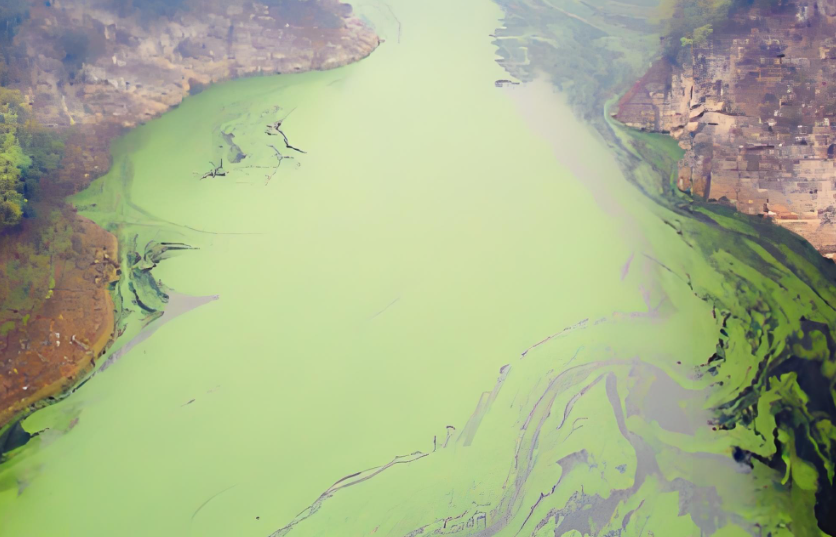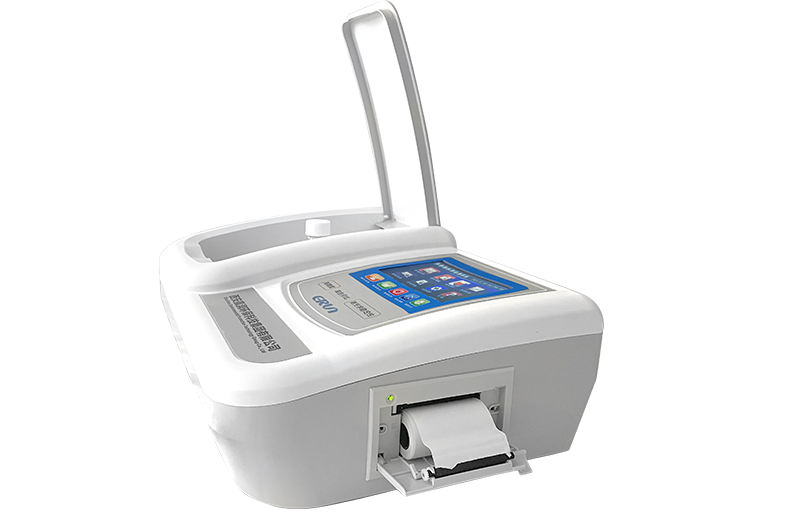With the intensification of agricultural activities, especially the extensive use of chemical fertilisers and pesticides, the problem of agricultural surface pollution in watersheds has become increasingly prominent.Agricultural surface pollution refers to the deterioration of water quality caused by pollutants (e.g. fertilisers, pesticides, etc.) generated by the agricultural production process that enter water bodies through surface runoff or groundwater seepage.Among them, ammonia nitrogen, as one of the important water quality indicators, has a direct impact on the health of water ecosystems.Therefore, it is crucial to monitor ammonia nitrogen in the water quality of agricultural surface pollution sections in the watershed.

1. Ecological environment protection: Ammonia nitrogen is one of the main factors of eutrophication in water bodies, and excessive ammonia nitrogen will lead to algal blooms, consume dissolved oxygen in the water, affect the living environment of aquatic organisms, and even lead to the phenomenon of "red tides", which will destroy the entire water ecosystem.
2. Human health protection: High concentrations of ammonia nitrogen can be converted under certain conditions into nitrites and nitrates, which are harmful to the human body, especially to infants and young children, and may cause "blue baby syndrome".
3. Agricultural sustainability: Through effective monitoring of ammonia nitrogen, nutrient losses during agricultural production can be assessed, helping farmers to optimise their fertiliser application strategies and reduce unnecessary fertiliser inputs, thus achieving sustainability in agricultural production.
4. Policies and regulations support: National and local governments at all levels have set strict emission standards and pollution prevention and control measures in order to protect water resources.Ammonia nitrogen monitoring data provide a scientific basis for policy formulation and help to monitor the implementation of relevant regulations.
In order to accurately determine the amount of ammonia nitrogen in a water sample, the following types of instrumentation are commonly used:
1. Spectrophotometer: This is an analytical instrument based on optical principles, capable of measuring changes in absorbance at specific wavelengths.Ammonia nitrogen reacts with a chromogenic agent to form a coloured compound with characteristic absorption peaks at certain wavelengths, and the ammonia nitrogen concentration can be quantitatively determined by the colorimetric method.This method is easy to use, highly sensitive and suitable for routine laboratory testing.
2. Portable Ammonia Nitrogen Determination Instrument: In response to the needs of on-site monitoring, a variety of portable ammonia nitrogen detector has also been introduced into the market.These instruments are small, lightweight and portable, and can be read directly in the field, greatly improving monitoring efficiency.However, their precision and accuracy may not be as good as laboratory equipment, but they are adequate for initial screening and emergency response.
3. Online monitoring system: For stations that require long-term continuous monitoring, an online ammonia monitoring system can be installed.This system integrates functional modules for sampling, pre-processing, analysis and data transmission, enabling real-time acquisition of ammonia nitrogen concentration data and remote monitoring and management via a web-based platform.
ERUN-ST7-5 Agricultural Surface Pollution Water Quality Monitor is a multi-parameter water quality tester developed and produced by WinRun Environmental Group, which is specially designed for monitoring various water quality indicators.This product is specially designed for laboratory applications, and has the characteristics of simple and intuitive operation, high precision, small error, and fast detection speed. It is especially suitable for water quality monitoring of agricultural non-point source pollution.

In summary, ammonia nitrogen, as an important indicator of agricultural surface pollution in watersheds, is effectively monitored not only to help protect the water ecosystem and human health, but also to promote the sustainable development of agriculture.At the same time, with the progress of science and technology, more and more advanced instruments and equipment have been applied to ammonia nitrogen monitoring work, which provides a strong technical support to improve the monitoring level.In the future, we should continue to strengthen ammonia nitrogen monitoring research and explore more rapid, accurate and economical monitoring methods to meet the increasingly complex challenges of water environment pollution.